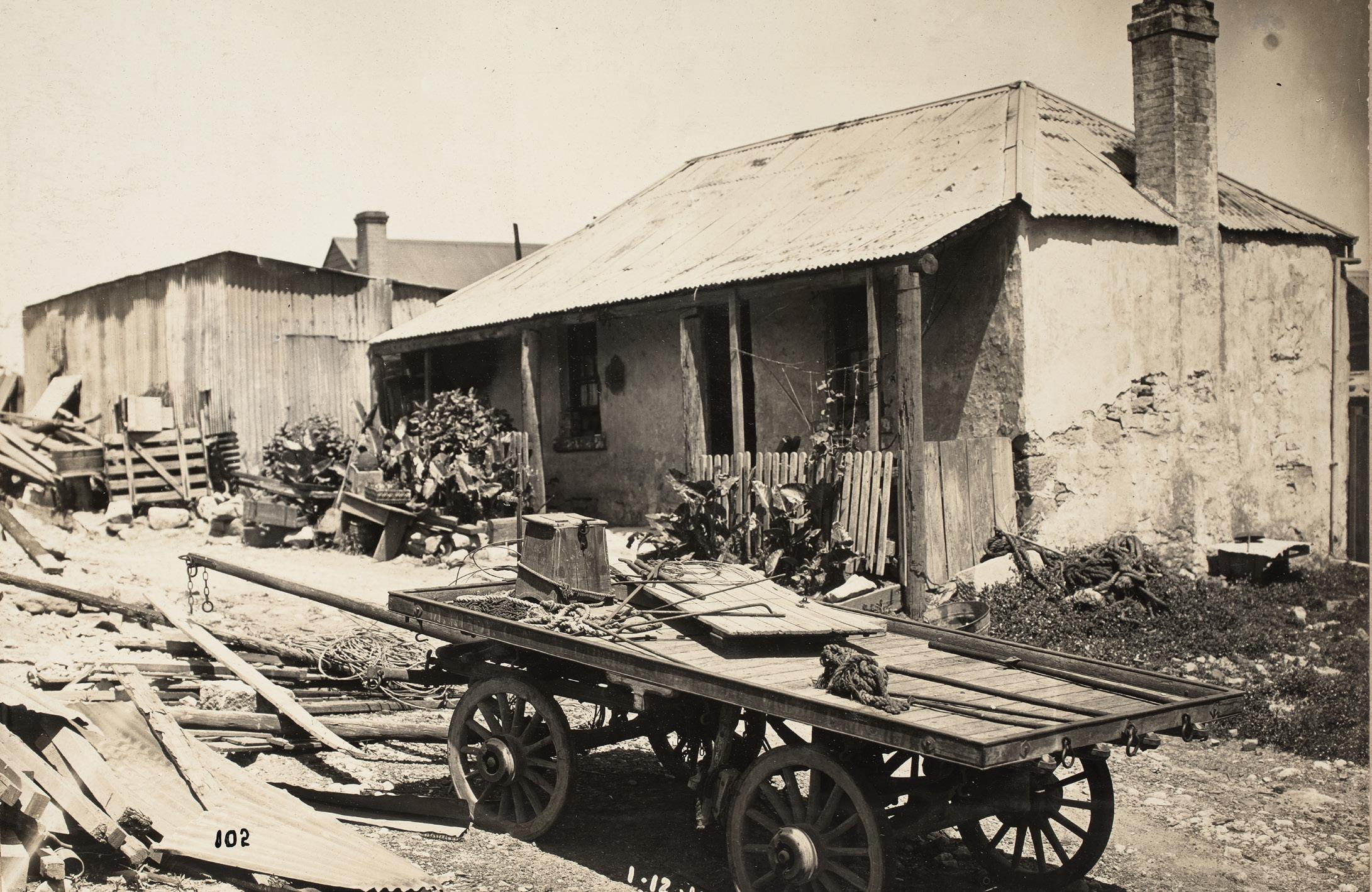
4 minute read
Reflect
Parramatta Road – Being Versus Going
BY DR ELIZABETH FARRELLY
What’s the difference between a street and a road? National Trust (NSW) Board member, author and architecture critic, Dr Elizabeth Farrelly, believes that it is about being versus going: where a road is a conduit, a street is a place to be – to mill, to socialise, to explore.
We seldom think of streets as places to be. Yet Sydney, like London before it, has a tradition of magical high-streets. (And no, this is not some colonial straitjacket we need to shrug off. It’s a glorious past from which to grow a still-more glorious future).
Consider Oxford Street from Woollahra to Darlinghurst or King Street from Darlington to St Peters: defined by two-storeyed shophouses quite as charming as London’s Camden High Street or Singapore’s Neil Road – and admired and beloved for their qualities of being-there, of dwelling.
The Parramatta Road, as our most venerable highway, is every bit as well-endowed in physical terms. Yet it’s seen in a very different light. Despised as filthy, noisy and congested, the Parramatta Road is avoided by both shoppers and drivers – be-ers and goers. Would renaming it Parramatta Street help?
A road is named for the place to which it leads. It’s about going, not being. In 1973, Ruth Park described Parramatta Road as a line of “endless used-car yards… dejected terraces and boarded-up shops…” that was “congested even on a Sunday morning.” Little has changed, despite small flowerings of restaurants and bridal shops – conspicuous in their snowy whiteness – along the way.
Will e-vehicles change this, reducing noise and pollution? Or autonomous cars, reducing the carriageway by enabling closer packing of cars? Or the government’s proposed $100m in council grants to support planting and street furniture? Would a heritage paint scheme, like the City of Sydney’s for King Street Newtown, make a difference? Perhaps. Just such smallscale improvements helped turn Cleveland Street Redfern into a pedestrian experience that, if not pleasant, is at least bearable.
But the key to civilising Parramatta Road is to change our collective perception of it from a traffic sewer into a series of places. Even now, behind the soot and above traffic-level, are kilometres of late 19th and early 20th century shop houses. The key to changing this perception is to prioritise foot-people over car-people.
From left The historic buildings themselves are not enough to make Parramatta Road a place for people, not cars, but they offer a good starting point for the human scale that is required (photograph by Tony Rodd, Flickr); The condition of Parramatta Road led returning veterans of the First World War to liken it to the conditions they had experienced in Europe (courtesy City of Sydney Archives). It’s not impossible. First, widen footpaths – not by redeveloping buildings to eight storeys which will encourage driving and worsen the traffic problem – but by narrowing the carriageway. This would enable tree-planting, to reduce the urban heat island effect, sequester carbon and generate oxygen.
True, this would inhibit traffic. That’s a plus, not a minus, and should be accompanied by enhanced public transport. Indeed, a fast, clean, frequent light-rail route flanked by only two traffic lanes (or, better still, bike lanes) would go a long way to civilising the street and encouraging us to live smaller, less frenetic but more socially enriched lives in this global city of ten-minute-walkable villages.
Such favouring of Sydney’s foot-people would bring multiple spin-off benefits. It would enhance physical fitness, boost immunity and improve mental resilience, since walking deepens thought and fights depression. People would start to appreciate the intimate texture of the old street. They’d shop locally and on foot, every day or two instead of once a fortnight by car, and would nurture the person-to-person connections that generate community wellbeing and shared creativity. But it must happen soon. The demolition by neglect of so many fine shop-houses along the Parramatta Road would be a terrible loss. Personally, rather than generating street-long uniformity via “heritage” colour schemes, I’d deploy these fine shop-houses to demark the individual villages along the street, each with a discernible flavour. Thus, as beads upon a necklace, Parramatta Street Lewisham would feel different from Parramatta Street Auburn, or Camperdown, or Harris Park.
The alternative, for which developers are already pawing the ground, is the erasure of all this by serried lines of dead-eyed eight-storey cheap-build apartments. This erasure of history would undermine all other mental benefits, depleting the sense of purpose that derives from ancientness and gives a connection to the sacredness of place – that is, a sense of home.
Dr Elizabeth Farrelly, a recently elected board member of the National Trust (NSW), is trained in architecture and philosophy, has a PhD in urbanism, is a former City of Sydney Councillor, a former Associate Professor (Practice) and a weekly columnist for the Sydney Morning Herald. She is the author of several books including Blubberland; the dangers of happiness (2007) and, most recently, KILLING SYDNEY; the fight for a city’s soul (2021).









